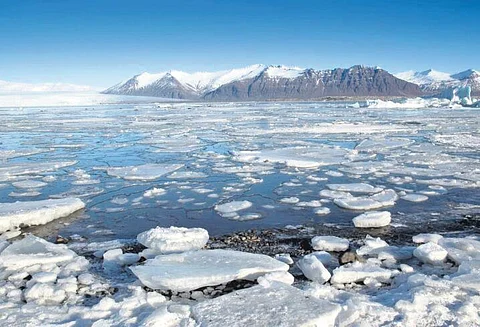Is Karnataka coastline waiting for its splash of doom?
Increasing sea erosion on Karnataka’s coast is a major concern requiring immediate attention. A status report based on a shoreline analysis between 1990 and 2016 by the Ministry of Earth Science’s National Centre for Coastal Research found that 22% of the state’s 300-odd km coast was a victim of sea erosion. It has only aggravated in the last six years. Experts have now sounded the alarm bells. Erosion at the famous Rabindranath Tagore Beach in Karwar threatens to gobble up National Highway 66, running parallel to the beach, just 30 yards away.
They blame the increasing sea erosion on human activities in pursuit of development, compounded by rising sea levels due to climate change and global warming. While the damage unfolds, authorities seem to be at a loss about the solution. The pursuit of answers saw the construction of sea walls and placing of huge stones in the hope of preventing erosion. This was done after removing the previously planted Ipomea creepers — a perennial plant that grows deep roots to hold the sand together, preventing erosion. Neither the wall nor the boulders worked.
Karnataka’s coast supports crucial sectors, including agriculture, fisheries, tourism, and ports, besides communication and transport. Coastal protection from the vagaries of climate change has emerged as a challenge not just to development but to sustainable management of the shoreline. In 2017, the Asian Development Bank and the Union Government signed a Rs 300 crore agreement in Bengaluru to prevent sea erosion. But Karnataka Chief Minister Basavaraj Bommai has admitted that the programme has not worked. He has proposed trying the ‘Sea Wave Breaker’ technology.
It involves placing stone structures a little offshore to break the intensity of the waves to avoid land erosion. It will be tried out at Ullala in Dakshina Kannada district along a one-kilometre stretch. If successful, it will be extended to the entire Karnataka coast. Ullala has seen erosion at a rate of 1.3 metres per year over the last few years. Bommai has promised a “permanent solution” in the next three months. Will that be too late to avoid larger catastrophes?

